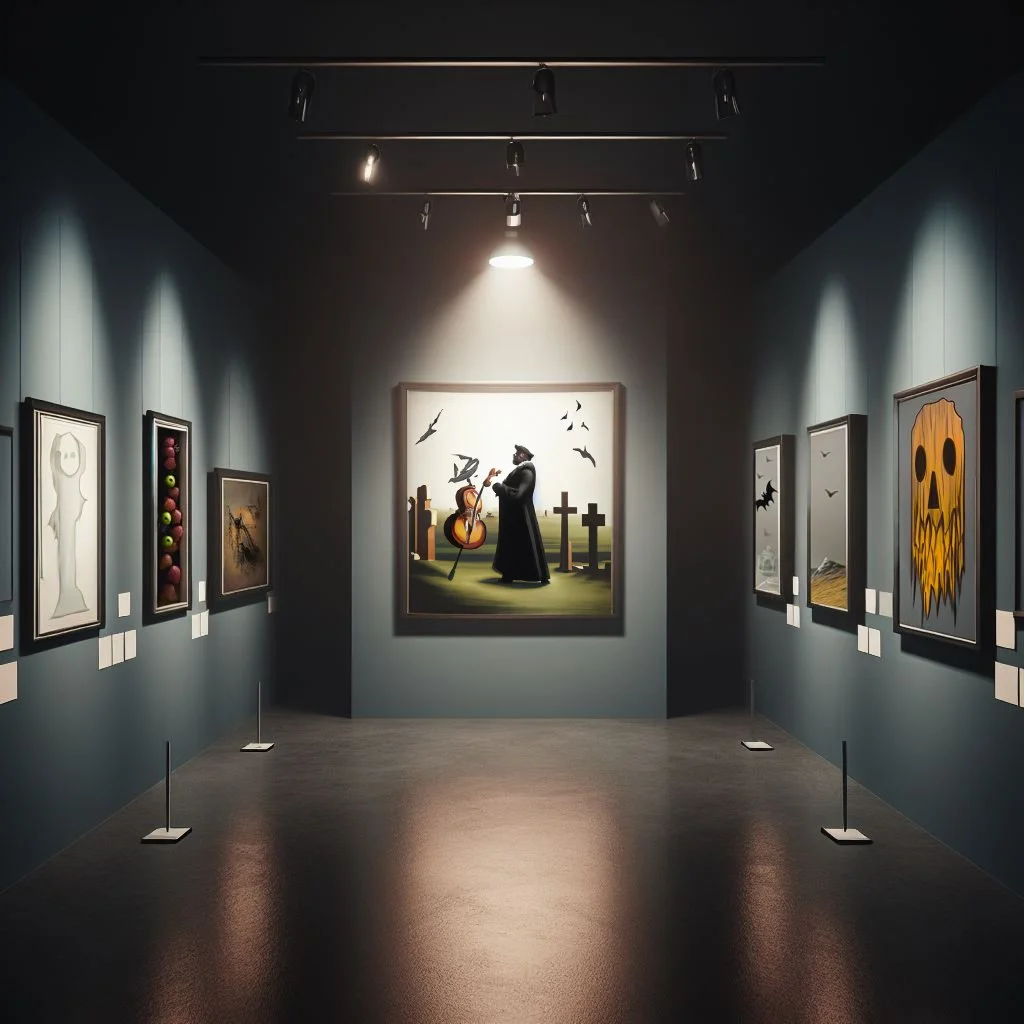Problem
Accessibility is passed over by design and dev teams building their products. This leads to long lists of violations that they don’t want to go back and fix. Additionally, they may not know what they’re fixing, how to go about it, or why they’re doing it in the first place.
Solution
Create and execute educational programming to illustrate why certain core issues are important to design and development of interactive products. After analyzing the top 10 violations across CarMax’s sites, we used ChatGPT and image generating AI to create and tell a story about why alt-text on images is important for users of assistive technologies like screen readers.
This activity was met with great reactions. Accessibility can be a pretty dry topic, but everyone who attended found it compelling, informative, and enjoyable.
My Role
Art direction and generation of imagery used within the storytelling. Also, I told a portion of the story.
The story centered around a character named Alex. After being assigned an essay about a work of art at the town’s museum, he arrives to the gallery to see the canvases all blank. To make matters scarier, all of the associated placards were also blank; none of the art had any description beyond dimensions and medium, except for one.
Reading this included description of the image that provided a detailed explanation of what the image was (even as a blank canvas) caused the painting to come alive. The colors of the painting bled in, the scene was revealed, and a full multi-media experience was felt by all who were currently within the gallery.
This caused all the images to then reveal and their placards (“alt-text” or the description of an image that read to a blind person navigating the website who cannot see it) to appear as well. The lesson as a takeaway for our designers and developers was how off-screen descriptions are crucial for the experience of non-sighted users and that ultimately raised accessibility enhances the experience for all users.


